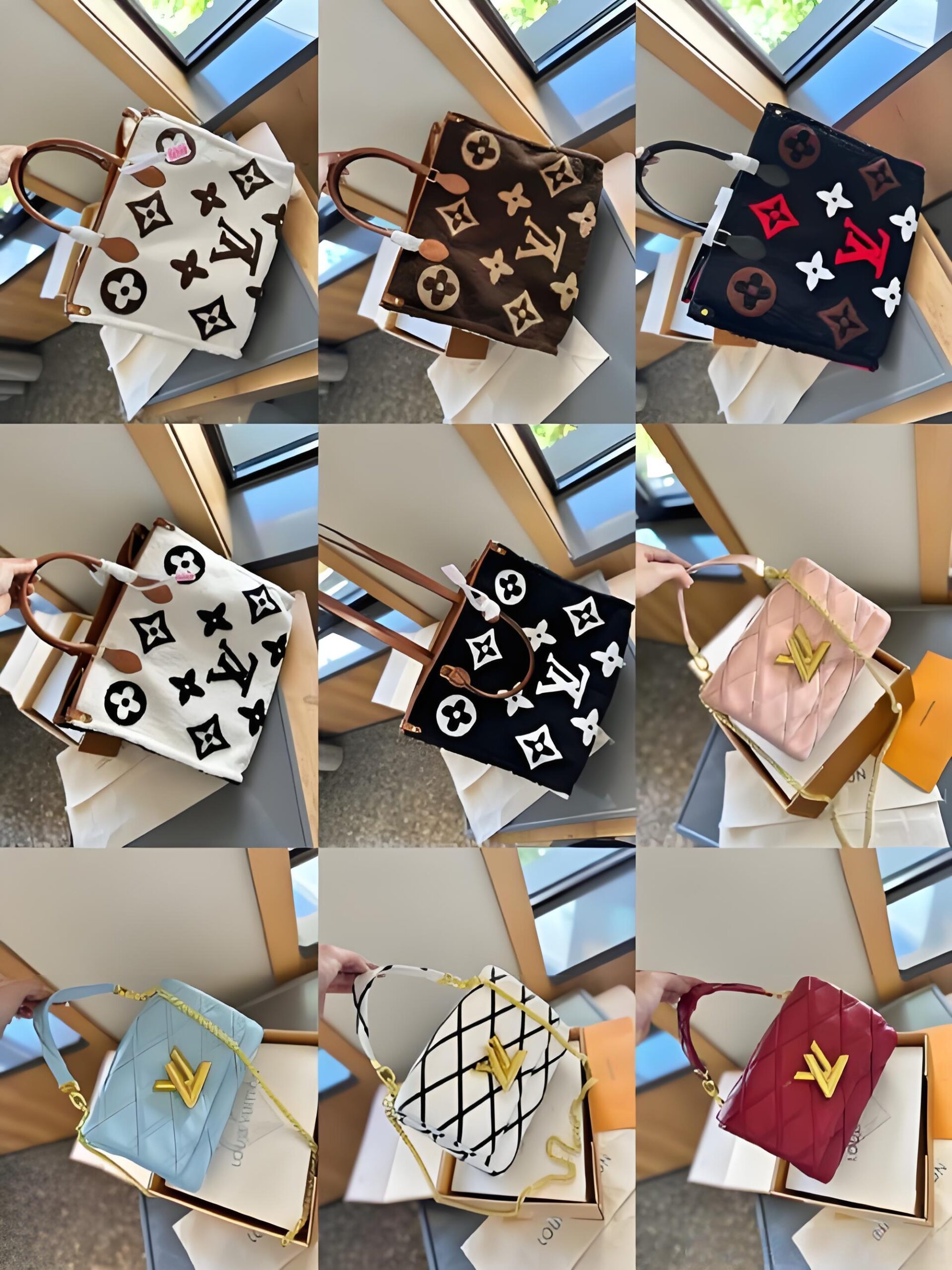In the last blog, we introduced how to take good travel photos in China. This blog will introduce how to do photography color tone in post-processing
What do you think about color grading when it comes to photography? Is photography color tone grading unimportant? Nope. In the photos, the color performance becomes more straightforward. Is it possible to put the colors together? Of course not, the colors that don’t match together are very inconsistent. domatters will introduce a few color grading skills for you.
To learn photography color tone well, and to be able to repair a waste film into a big picture, you must first understand these points:
1) The photo should have a main color;
2) The photographic picture should have layers;
3) Pay attention to the color matching of the photographic picture;
4) Tone according to the environment.

After knowing these several photography color tone rules, how to use them in the post-production of photography? Follow along with me:
01 The photo should have a main color
If all kinds of colors in the photo are very prominent, it will appear disorganized in the picture. Therefore, if you want the picture to look good, you must have a bright main color, and other colors can only be used as a foil.

So what is the main color of photography color tone? The main color is the color that the audience can distinguish at the first sight of the picture, and it occupies the perceived area of the picture, and it represents the overall color tendency of the picture.
Using a good main color will help to bring out the atmosphere of the photo and make the audience have a completely different association. For the later stage of photography, the more colors in the picture, the more difficult it is to control, so it is better to make a certain color the main color of the photo, which will make the picture look more concise and layered.
02 The picture should have layers
The color of the photo pays attention to the patchwork and clear layers. Through the processing of the color saturation, lightness, color balance and other elements of the picture, the color of the picture is enriched, so that the photographic picture has more layers.
03 Color matching
Common color combinations are similar colors and complementary colors. Before learning these two color concepts, we must first learn to look at the color wheel.

complementary colors are two opposite color blocks, such as: red and blue.
The matching of similar colors, the color transition is relatively close, giving people a peaceful and comfortable feeling; the matching of complementary colors, the colors form a strong contrast and stimulate the vision.


04 Tone according to the environment
Any post-stage color correction of photography has its matching pre-environment, weather, color, and scenery, so don’t copy it mechanically. The environment is different, and the way to color the picture is also different.
For example: winter gives people a sense of tranquility, at this time we often use blue tones; autumn gives people a feeling of coolness, at this time we often use orange tones, if it is reversed, the visual experience for the audience will be more awkward .

Appropriate color matching in the later stage of photography color can often match the expression of the theme of photography and strengthen the expression of emotions, so we must learn more about different photography color tone matching methods.
Take good photos and share them on these websites :小红书 Instagram
For more information, please click domatters
Continue learning with these articles :









